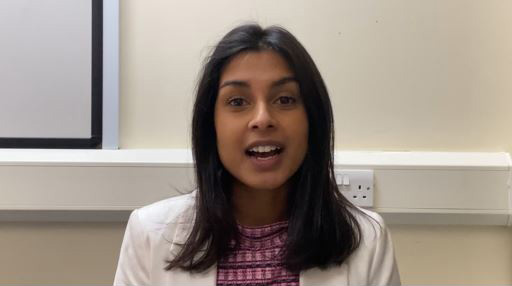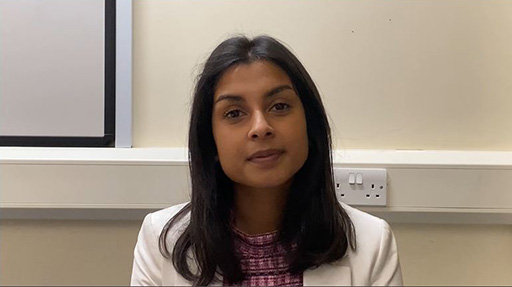3 Communicating children’s and young people’s views
As you carry out your research project, you may find you are listening to a range of voices from a range of backgrounds and age-groups. In this next recording, you will hear Alison Clark, Senior Lecturer in Childhood Studies at The Open University, talking about one of her participatory research projects with the under-fives, focusing on communicating children’s views in her work.
Activity 4
As you listen, note what challenges she encountered, and put your thoughts in the boxes below.
Transcript: Audio 1
What challenges did Alison face? How do you think she could deal with these while doing her research?
Transcript: Audio 2
What similarities did she find between how architects work and how children express themselves?
Transcript: Audio 3
What methods did Alison use to make sure that the practitioners’ views could be fully expressed and understood?
Having looked at young children, we need to understand that as they grow and develop, our approach to working with them needs to adapt and change in order to respect what they have to offer. Their ability to make choices becomes more complex as does their ability to engage with and determine different aspects of a research project. Look, now, at another researcher, Meera, who is working in a school context with older children. In this short video, you will see her talking about how she sought to hear, understand, and value the views of her students.
Activity 5
Bearing in mind what you have been considering in terms of effective listening skills, and the importance of the young people being able to participate fully, watch the video and then try the activity that follows.

Transcript
These five statements summarise the key points Meera was making about how she set up her project, but some of the words are missing. Can you write in the missing word?
Using the following two lists, match each numbered item with the correct letter.
-
space
-
agreement
-
respect
-
voice
-
show
a.Pupils were given _____ to express their views.
b.Body language was important; _____ that you are listening.
c.There were boundaries, but these were set by _____ with the class.
d.Every _____ was valued.
e.A vital element was _____ for one another.
- 1 = a
- 2 = c
- 3 = e
- 4 = d
- 5 = b
Discussion
- Pupils were given space to express their views.
- There were boundaries, but these were set by agreement with the class.
- A vital element was respect for one another.
- Body language was important; show that you are listening.
- Every voice was valued.
Rather like Alison, whose work you have been learning about, Meera found she developed some new skills, new approaches as she was working with her pupils. Think about the answers you have just given, and the concept of ‘attunement’ and effective listening.
In her classroom, what simple things do you think Meera might have done to ensure that her pupils were able to participate fully and be listened to? Note down one or two ideas first, then watch the video to see what she has to say. See if you can identify at least three simple steps she takes, and write them in the box.

Transcript
What does Meera do to ensure the pupils’ voices are heard?
Discussion
She moves around the classroom. This breaks the ‘physical barrier’ she perceives between teacher and pupil.
She sits with the pupils, she crouches down.
She is attentive to what they say, establishes eye contact. She encourages other pupils to do the same.
She sees her role as mediator or facilitator in order to value the pupils’ contributions.
In this section, you have learned that researching with children and young people means listening effectively. To ensure full participation, all voices must be heard, so it is important to find the most appropriate way for children and young people to communicate.
In the next section you will look a little closer at what motivates children and young people to participate in research, and what research means to them.
